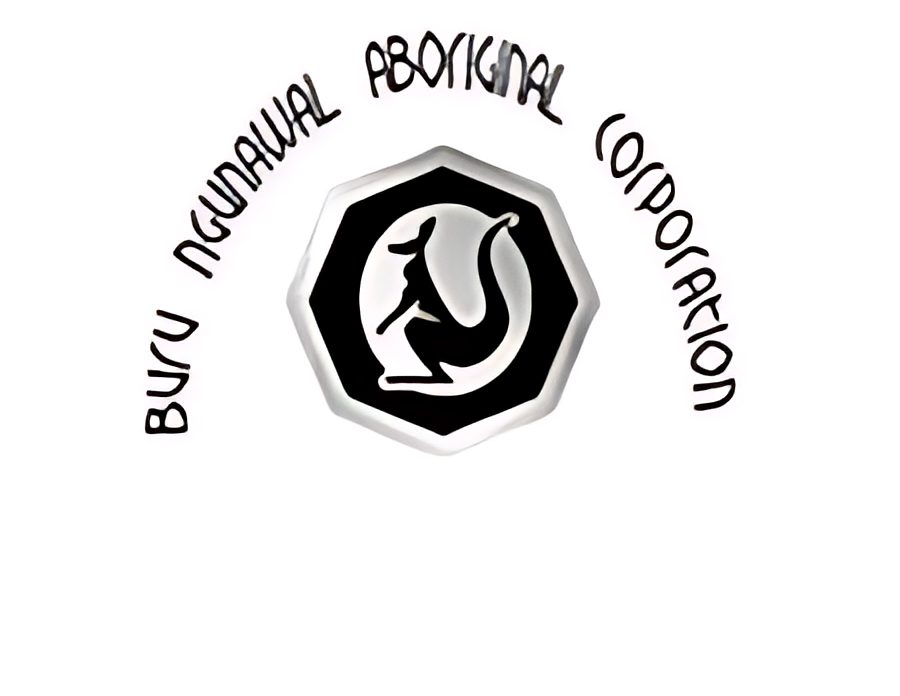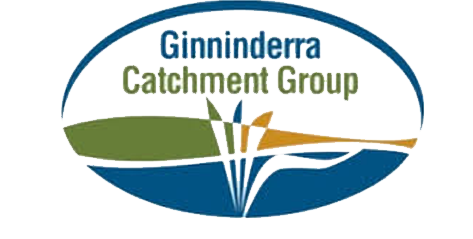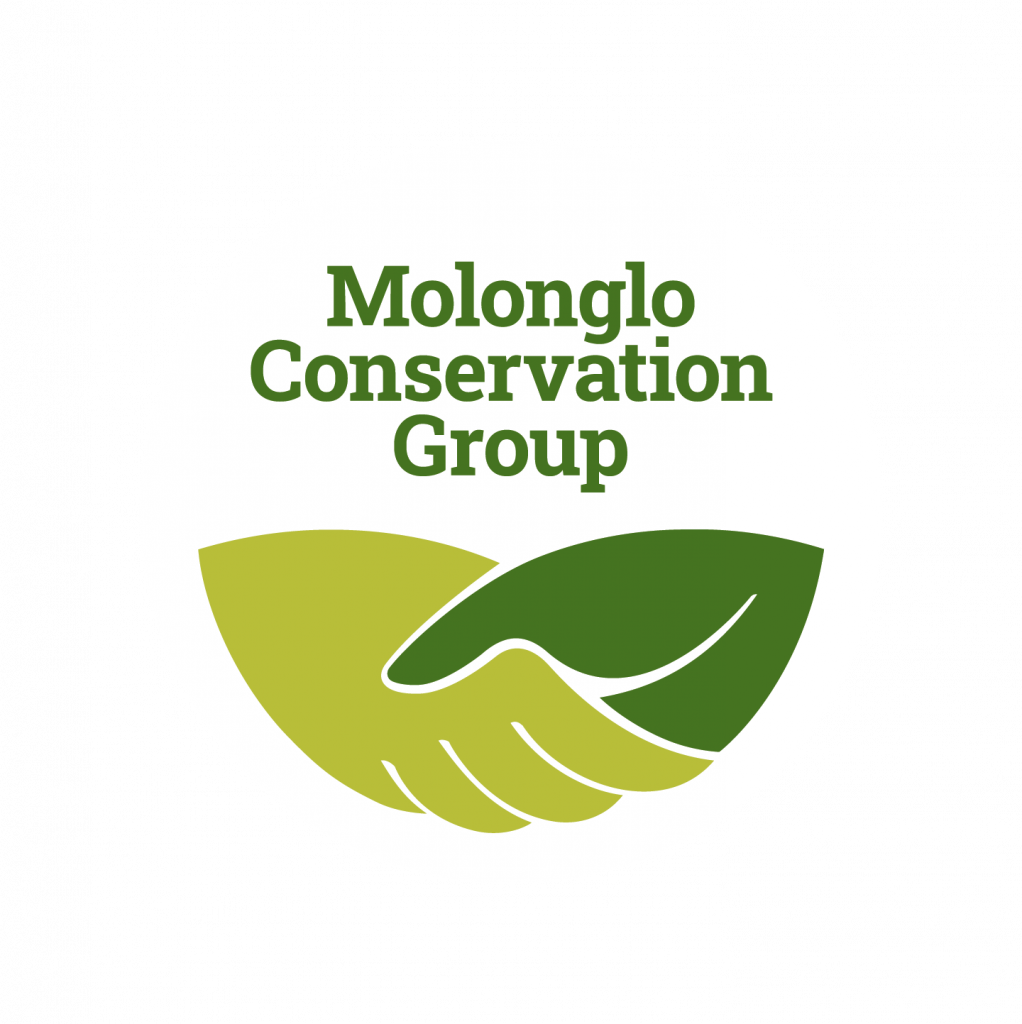
Urban Rivers: One Year In, Five Big Wins
Landcare ACT and its partners are restoring river landscapes across the Canberra region through the ACT Community Waterways Restoration Project, supported by the Australian Government’s Urban Rivers and Catchments Program and the ACT Government.
With over 100 hectares restored so far, significant on-ground works undertaken, and all 15 sites completed Aboriginal Cultural Heritage Assessments, the project is well ahead of schedule. Community involvement has been central to this work, with over 300 volunteers contributing to planning, planting, and on-ground restoration activities.
The Urban Rivers and Catchments Program delivers on the Australian Government’s $200 million election commitment to restore the health of our urban waterways for native plants and animals, and local communities. Nearly half of all nationally listed threatened animals and a quarter of threatened plants occur in urban areas, which they share with 96 per cent of Australia’s population.
The program will support projects that improve waterways in urban, outer-urban/peri-urban and regional centres by:
– Restoring and/or improving river areas, stream banks or aquatic habitats
– Improving water quality, water in the landscape, and waterway connectivity
– Improving urban green and blue space, water quality, and community access to nature.
While this program focuses on restoring river corridors, it also aims to reconnect the community with nature and improve access to the valuable spaces waterways provide for human health and social wellbeing.
Here’s what we’ve achieved so far:
1. Cultural Assessments
Buru Ngunawal Aboriginal Corporation has completed Aboriginal Cultural Heritage Assessments across all 15 project sites to guide restoration works and ensure cultural heritage is respected. Traditional Land Management Practices will begin next quarter.
2. Controlling Erosion
Together with Ginninderra, Molonglo, and Southern ACT Catchment Groups, we’ve completed over 12.5 kilometres of erosion control works. Fencing, native planting, and bank reinforcement techniques are stabilising riverbanks and protecting riparian zones.
3. Planting Native Vegetation
Catchment teams have planted nearly 10 hectares of native vegetation to improve habitat, filter pollutants, and strengthen riverbanks. These plantings help support threatened species like Platypus, Latham’s Snipe, and Macquarie Perch.
4. Removing Weeds
Across 82 hectares of riparian habitat, we’ve removed invasive weeds that choke out native species and degrade waterway health. This prepares sites for ongoing restoration and native regrowth.
5. People Power
This work is only possible thanks to the 338 volunteers who’ve contributed their time and energy to on-ground conservation. Their hands-on efforts are cleaning waterways, planting trees, and restoring habitats.
Looking Ahead
Landcare ACT and its partners are delivering impressive results one year into the three-year ACT Community Waterways Restoration Project. While our work is ahead of schedule, our journey is far from over – we have two more years of restoration work ahead. These achievements reflect the power of collaboration between government, community, and Traditional Custodians, and set a strong foundation for continued ecological and cultural restoration in the ACT’s river corridors.







Comments are closed